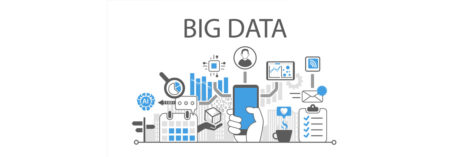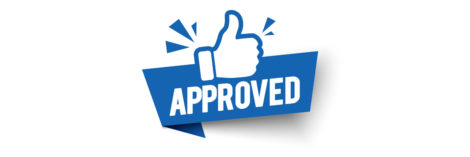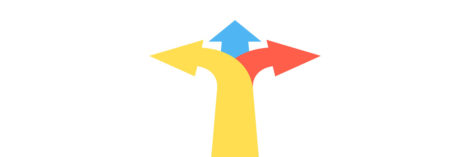The race to differentiate has begun in the banking industry. PayPal is following the path set by the 3 banks we predicted wanted to create a “super app”: Revolut, Tinkoff, and Yono SBI. Now it’s PayPal that could buy Pinterest for $45 billion (although the company denied that it’s considering buying Pinterest “at this time”).

Why PayPal and Pinterest could be complementary
At first glance, PayPal and Pinterest have quite different business models. The first one is in online payments; the second one is in visual content creation. What could be the interest of a takeover? Data, of course!
A bank has precious factual information about its customers. The “KYC” (Know Your Customer) procedure requires collecting highly confidential data at the time of the initial contact. However, the bank, whether it is online or offline, still ignores many things, such as:
- How customers’ money is spent precisely
- What constitutes the profound identity of the customers (their passions, their interests)
The synergies between PayPal and Pinterest
I see 2 business opportunities that would be made possible by marriage between PayPal and Pinterest:
- Integration of PayPal payment services within Pinterest to simplify the purchase of sponsored products on this social network
- Recruiting new users from Pinterest’s 450 million active users (PayPal has 300 million users)
However, realizing these opportunities would require a slight change in Pinterest’s business model, which is currently based on selling targeted advertising. It would be necessary to switch to a model where objects/services could be purchased directly on the platform.
The future of the bank: the super app
By integrating shopping within Pinterest, PayPal would pull off a significant coup and take a giant step toward the grail of the super-app:
- Imagine for a moment if your bank knew exactly what makes you tick, your passions, the people with who you connect. Purchase recommendations could be made to you that would pay for the ad impression and the purchase itself.
- Then, consider the scope of Pinterest. While Revolut, Tinkoff, and Yono SBI’s apps have integrated travel offers (infrequent purchases), Pinterest’s range is broader. The images pinned reflect the entire spectrum of our cravings that would be so easy to succumb to (mainly since Japanese fintech Paydi, a fractional payment specialist, was acquired for $2.7 billion in September 2021).

Conclusion
PayPal has stated that it is “not looking to acquire Pinterest at this time.” While such a deal ($45 billion) obviously cannot be taken lightly, it is nonetheless symptomatic of the direction online banking will take in the future.
Online banking attracts mostly unprofitable customers. New sources of revenue must therefore be found. Data is at the heart of this challenge. By leveraging a lifestyle website like Pinterest, PayPal could expand its knowledge of its customers. In doing so, the online bank could become a force of proposition in purchases and propose their integration directly within its app. Therefore, it would go beyond the strict framework of travel in which Revolut, Tinkoff, and Yono SBI banks have ventured.
Posted in Strategy.

